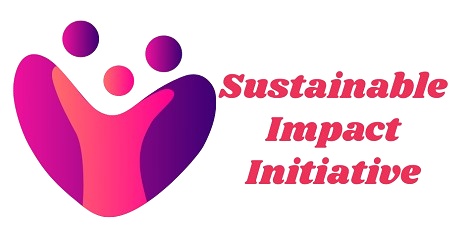Archive Events
Event Navigation
Clean Water Project Installation
The Clean Water Project Installation is a transformative initiative focused on providing safe, accessible drinking water to underserved rural communities. Recognizing that access to clean water is essential for health, economic development, and overall well-being, this project aims to install sustainable water facilities and educate community members on water hygiene, sanitation, and safe water practices. By combining infrastructure with education, the project empowers communities to maintain healthier lifestyles, reduce waterborne illnesses, and create lasting positive impacts on public health and community resilience.
Project Objectives:
The primary goal of the Clean Water Project is to address water scarcity and poor water quality in underserved areas by providing a reliable source of clean drinking water. In addition to infrastructure, the project will raise awareness on the importance of water hygiene, sanitation, and proper water usage, equipping the community with knowledge and skills to protect their health and prevent waterborne diseases.
Project Components:
- Site Assessment and Community Engagement:
Before installation, the project team will conduct a thorough site assessment to identify the optimal location for water facilities based on community needs, accessibility, and sustainability factors. During this phase, local leaders and residents will be consulted to ensure the project aligns with their specific needs and expectations. Engaging the community from the start fosters a sense of ownership and encourages their active participation in maintaining the new water facilities. - Installation of Clean Water Facilities:
Once the site is selected, the team will install clean water facilities such as boreholes, wells, or water purification systems, depending on the local water source and geographic factors. Each facility will be built with durability in mind, ensuring a reliable supply of clean water for years to come. The installation will include a designated water storage tank and tap systems for easy access, along with protective coverings to prevent contamination from the environment. - Educational Session on Water Hygiene and Sanitation:
After the installation, community members will participate in an educational session on water hygiene and sanitation practices. This session will cover the importance of clean water for health, focusing on preventing diseases like cholera, dysentery, and typhoid, which are often linked to contaminated water. The session will explain the dangers of consuming untreated water and highlight the benefits of proper water management in the home and community. - Demonstrations on Safe Water Storage:
To prevent contamination after collection, the team will demonstrate safe water storage practices, emphasizing the need for clean, sealed containers and proper handling. This segment will include tips on how to store water to avoid recontamination, especially in homes that may lack refrigeration. Community members will learn about cleaning water containers regularly, preventing exposure to pollutants, and keeping stored water away from animals and waste. - Handwashing and Hygiene Workshop:
Hand hygiene is one of the simplest yet most effective ways to prevent the spread of germs and waterborne illnesses. In this workshop, participants will learn the importance of handwashing at critical times—such as before eating, after using the restroom, and after handling animals. The workshop will include live demonstrations on proper handwashing techniques using soap and water, reinforcing the role of hand hygiene in protecting the whole community. - Community Maintenance Training:
To ensure the sustainability of the project, selected community members will receive training on basic maintenance for the water facilities. This will include how to check for leaks, clean and maintain equipment, and recognize signs of contamination or mechanical issues. By empowering local residents with these skills, the project aims to establish a self-sustaining water source that the community can manage independently over time. - Water Quality Testing and Monitoring:
Following the installation, regular water quality testing and monitoring will be conducted to ensure the ongoing safety of the water supply. This includes testing for contaminants like bacteria and heavy metals that can compromise health. Community members will be encouraged to report any issues with the water source immediately, creating a proactive approach to maintaining clean water access. - Children’s Awareness Program:
Children are highly vulnerable to the effects of unsafe water, so a special segment will focus on educating young people. Using interactive activities like storytelling, songs, and games, the program will teach children the importance of clean water, handwashing, and avoiding unsafe water sources. This approach instills healthy habits early on and encourages children to become advocates for clean water and sanitation within their families. - Distribution of Hygiene Kits:
To support healthy hygiene practices, the project will distribute hygiene kits that include essential items like soap, water purifying tablets, and clean containers for safe water storage. Each family will receive a kit, which serves as a practical reinforcement of the lessons learned during the education session. The kits will help the community implement safe water and hygiene practices in their homes immediately after the project. - Community Pledge for Water Conservation and Hygiene:
To conclude the event, participants will be invited to make a community pledge to uphold safe water practices and hygiene. This pledge will symbolize a collective commitment to maintaining clean water access, practicing safe sanitation, and conserving water for future generations. By setting goals for water conservation and sanitation, the community can work together to create a healthier environment for all.
Expected Impact:
The Clean Water Project Installation aims to significantly reduce waterborne diseases, improve hygiene, and provide sustainable access to clean water. With the infrastructure in place, families in the community will no longer need to rely on unsafe water sources, thereby lowering the risk of illness and improving overall quality of life. By coupling water access with education, the project empowers the community to take charge of their health, build resilience, and create a safe, healthy environment for future generations.
